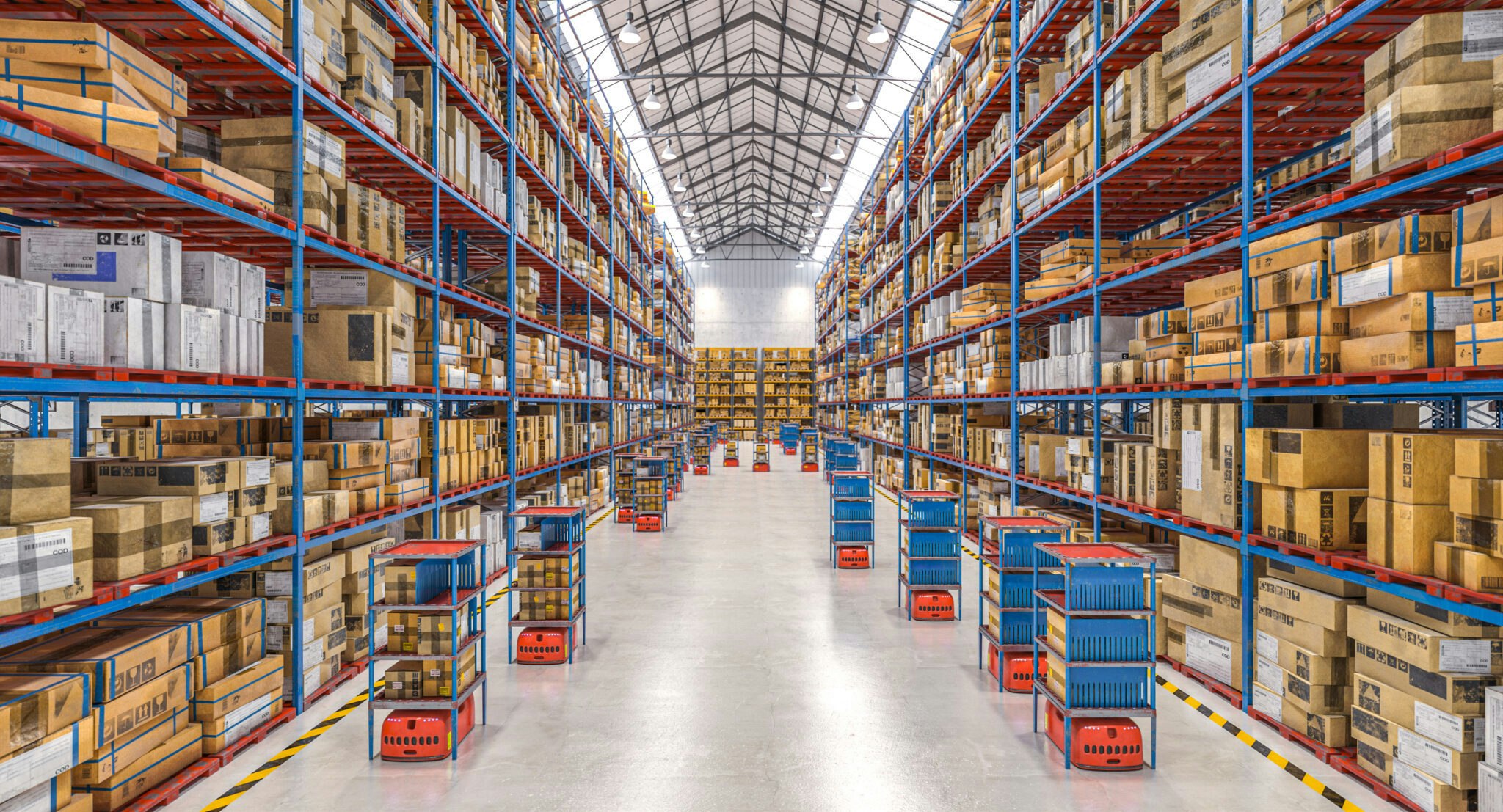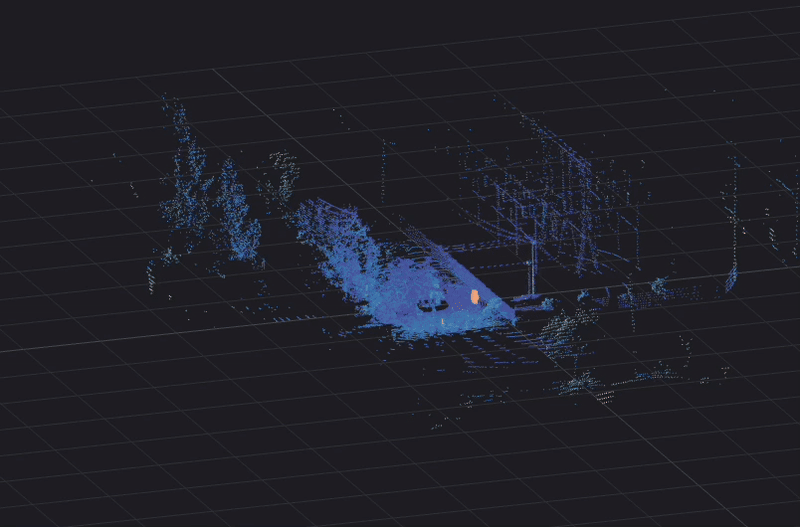Amidst the supply-chain squeeze, warehouses are under more pressure than ever to improve their operational efficiency. To operate with the breakneck speed and efficiency needed for today’s on-demand commerce, the movement of goods throughout a warehouse has to be smooth and streamlined from beginning to end.
Warehouses are looking to the rise of Autonomous Mobile Robots (AMRs) as a way to alleviate current bottlenecks and order fulfillment inefficiencies. AMRs provide warehouses with fully automated streamlined workflows, moving materials smoothly throughout the warehouse. Even more, AMRs can be rapidly deployed with minimal installation time, as opposed to previous equipment intensive automated methods. With the demand for AMRs growing, more and more OEMs and integrators are rushing to develop AMRs of their own, to bring to the market.
Since the concept of AMRs is still new and gaining traction, approaches to development and warehouse issues vary for each integrator or OEM. This variance is obvious when you look at the sensing hardware selection. Using several different sensing modalities or frankly, far too many sensors in general, shows that the industry is still figuring out the best methods and designs. The software development side hasn’t been much better. While manufacturers are competing for their own share of the AMR market, they all have to develop the same basic software functionality – navigation, obstacle avoidance, and a reliable safety system. Each manufacturer or OEM has spent countless hours and large investments to develop these basic tasks. The thing is, these basic tasks are typically not how these companies differentiate their AMRs – they’re table stakes. It’s a large investment in time and resources to just get to the starting line.
Mov.ai: a turnkey platform for AMRs
While developing their own AMR, Mov.ai recognized the need to develop these basic AMR functions more efficiently. While the Robotic Operating System (ROS) is a great way to get started, it lacks the tools and real-world applications that are required to operate in a chaotic warehouse. It became clear to the Mov.ai team that there was no existing AMR software ready for full-scale deployment. Any company or integrator that hoped to deploy their own AMR would have to go through the exact same redundant software development steps, slowing them down from solving the trickier issues that arise from operating in constantly changing and highly diverse warehouse environments. This epiphany drove Mov.ai to develop a software platform that could solve this challenge across the industry.
Mov.ai’s Robotics Engine Platform is a ROS-based platform that provides advanced SLAM navigation, obstacle avoidance, and risk mitigation, out of the box. The platform is a quick and easy way for developers to get their AMR up and running with minimal development time. In addition to basic automation tasks, Mov.ai also provides users with enterprise-level fleet management and project planning tools that help with deploying and operating large AMR fleets at scale.
Mov.ai + Ouster: Cutting edge SW meets digital Lidar
Mov.ai and Ouster have the same mission – transform the warehouse by helping companies build the next generation of AMRs. Just as Mov.ai is trying to help developers with their software development, Ouster is trying to help developers simplify and improve the hardware selection process. Digital 3D lidar provides an edge to AMR integrators and OEMs. The 3D field-of-view provides high resolution spatial information from the floor to the ceiling. This enables faster, safer, and more efficient robots. The partnership between Mov.ai and Ouster allows developers to seamlessly integrate an Ouster digital lidar sensor and instantly utilize the high resolution 3D data with Mov.ai’s existing tools and algorithms.
Curious about developing AMRs with the Mov.ai Robotics Engine Platform and Ouster? Contact an expert to learn more.




